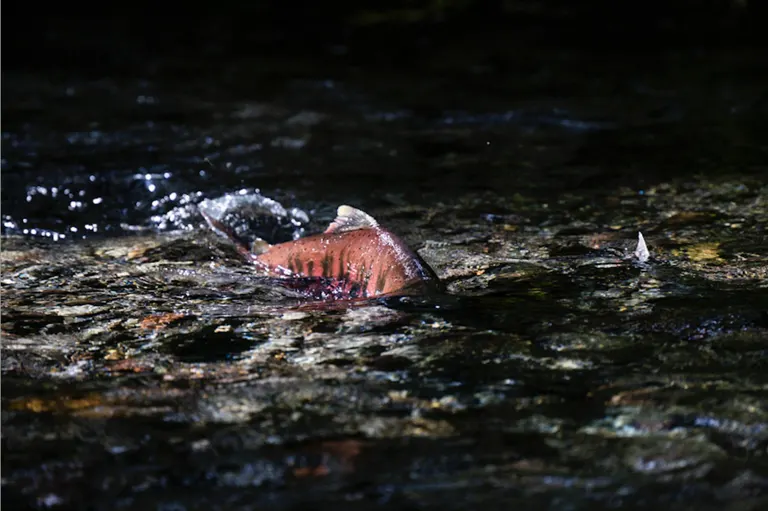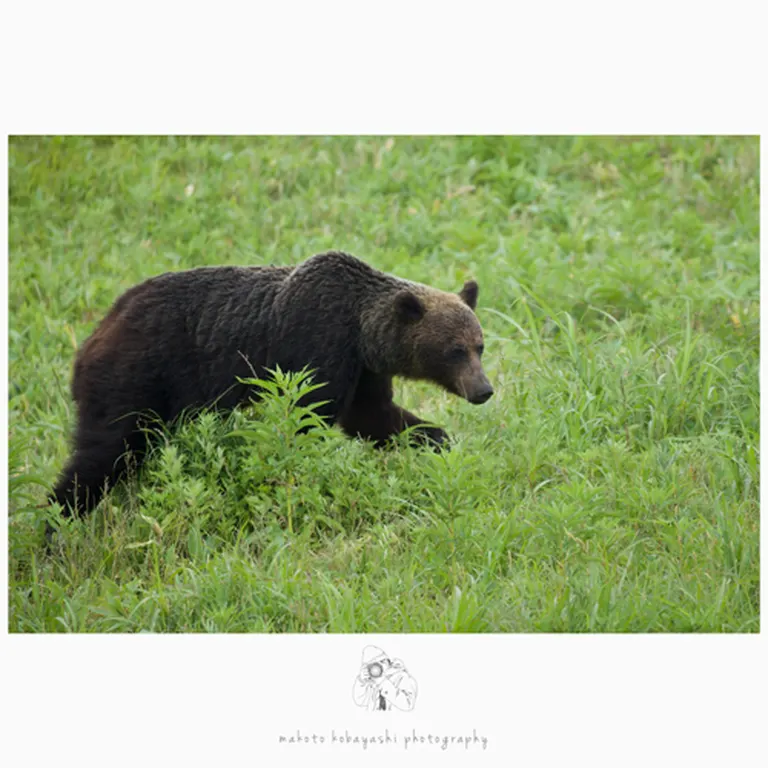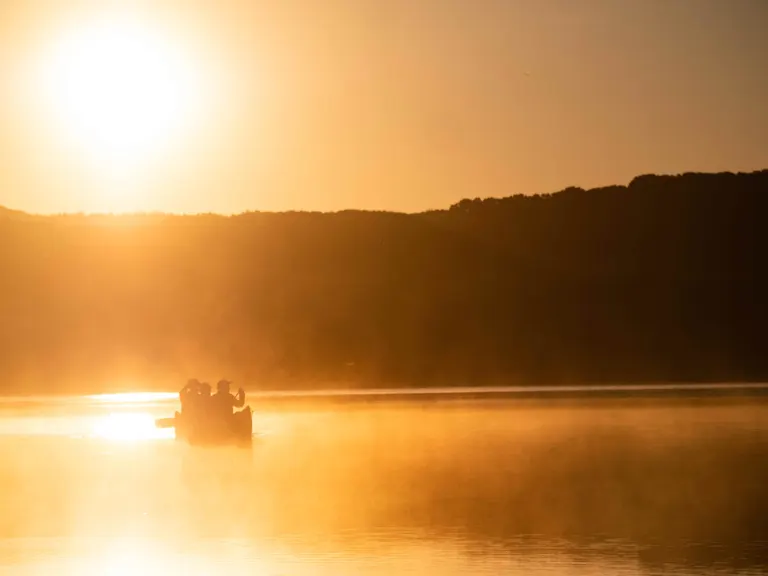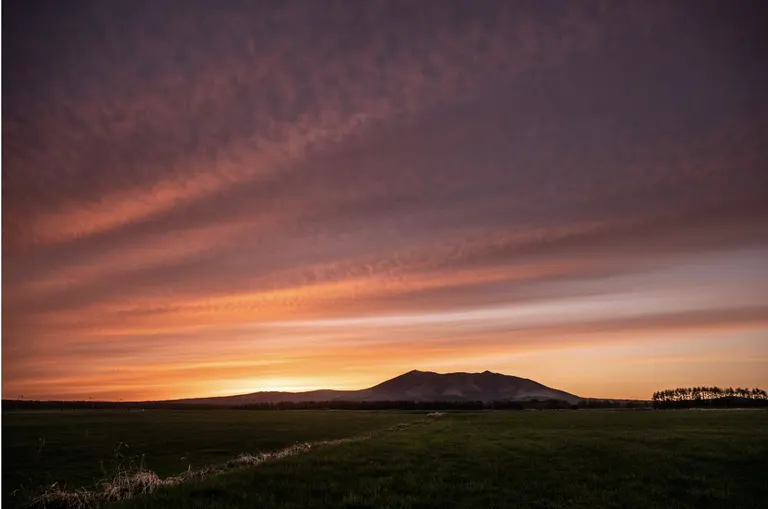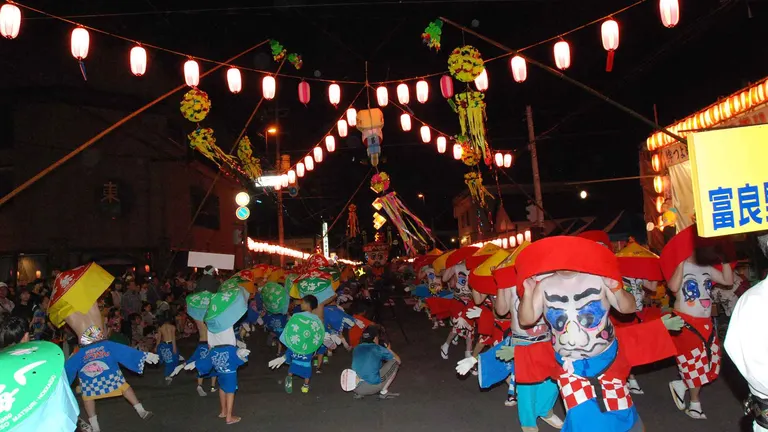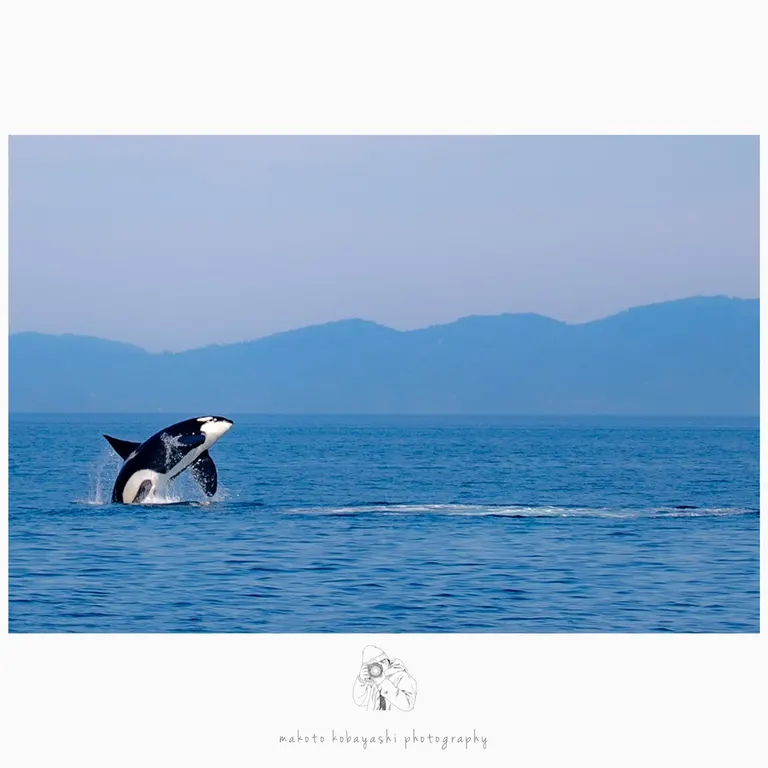!["Bekanbe collection" taking place in Lake Toro in Shibecha Town [Series "Nakamichi Tomohiro's Shibecha Weather (11)]|Domingo](https://p1-634a4370.imageflux.jp/w=768,f=webp:auto,q=78/https%3A%2F%2Fdomingo.ne.jp%2Fwp%2Fwp-content%2Fuploads%2F2022%2F09%2Fab7861fc50d6d17fee8cf00eef3e26de.jpg)
ARTICLES
"Bekanbe collection" taking place in Lake Toro in Shibecha Town [Series "Nakamichi Tomohiro's Shibecha Weather (11)]
Becambe as food
As mentioned at the beginning, becambe was collected for food. This time, I was given special becambe that I had collected. First, I boiled it, peeled off the shell directly, and ate the fruit.
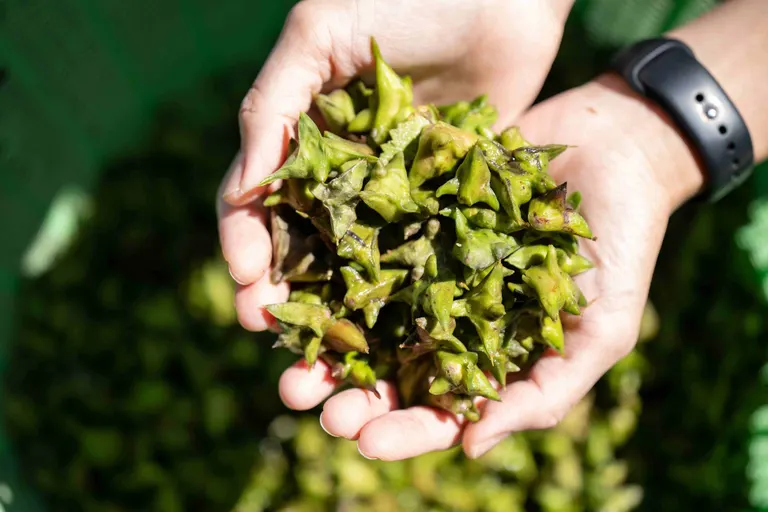
Collected Bekanbe
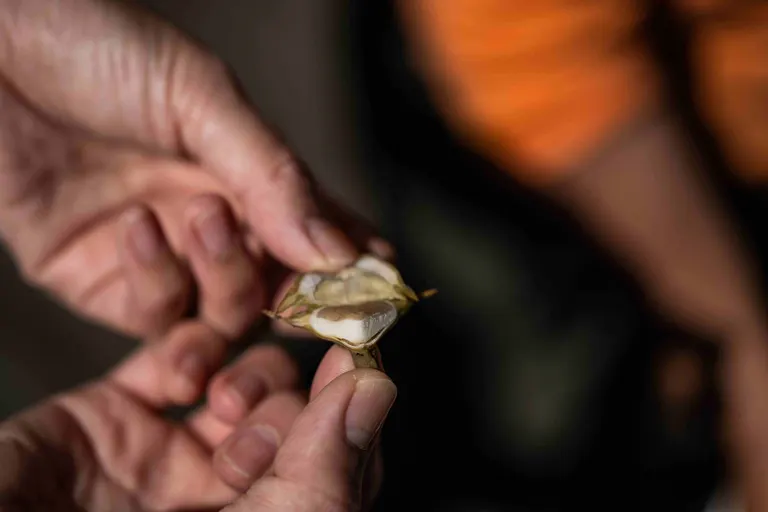
Bekanbe with the shell removed. The white part is the edible fruit.
This bekanbe is truly delicious! The texture and taste are similar to chestnuts, with a slightly sweet aroma that spreads in your mouth and a very refined taste. The fruit also varies from soft to chewy, making it a great snack for children and edamame for adults.
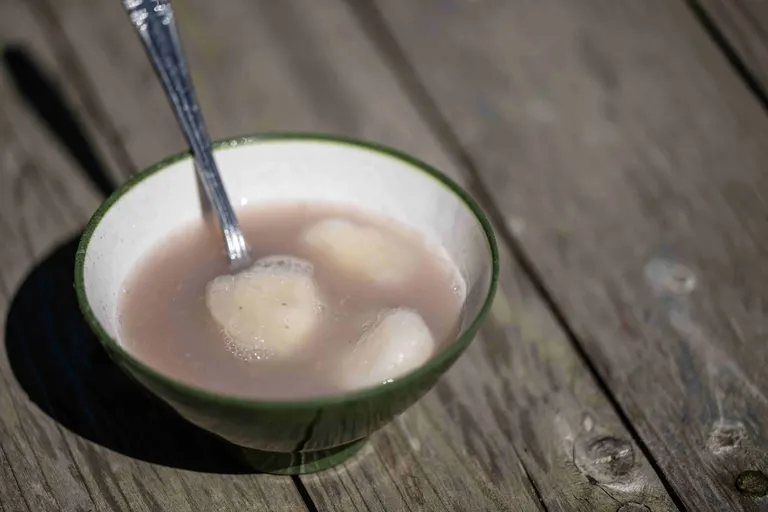
Bekanbe Oshiruko
And above all, the best thing was the Bekanbe oshiruko! This was also made by Tosa-san, and the natural sweetness of the Bekanbe was concentrated and it was very delicious. (Personally, I liked it better than regular oshiruko.) It seems to be a big hit with her grandchildren, and it's a delicious Bekanbe oshiruko that you'll want to eat again and again.
Bekanbe collection on the verge of survival
This time, I asked Tosa to film the bekanbe collection for a completely personal reason. The bekanbe collection that has been passed down from generation to generation by the Ainu people living in the Toro area is now on the verge of survival. Surely, in 100 or 200 years, this scene may become a thing of the past. With that in mind, I wanted to record the current Toro area in 2022.
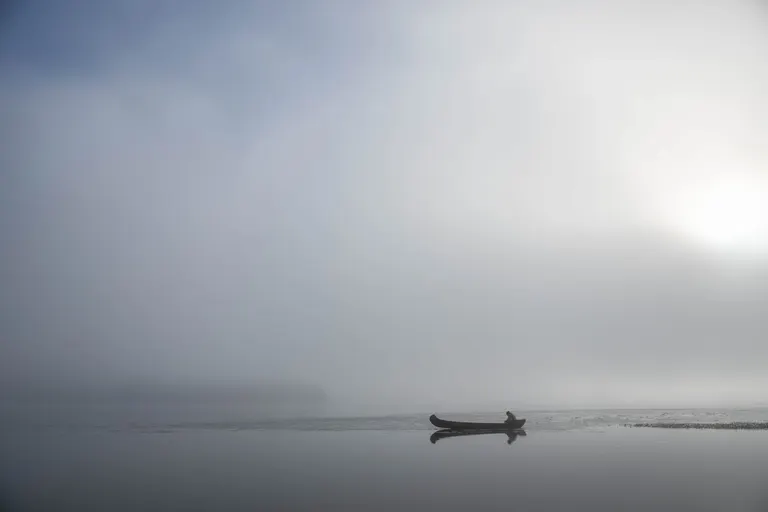
Collecting bekanbe in Lake Toro
I suddenly thought that I might be looking at the same scene as 100 years ago. Even though times have changed, the collection methods and techniques have not changed, and the history of collecting Bekanbe in Lake Toro has continued unabated.
I thought it might be very rude to photograph Tosa-san, who is living in the present, from such a historical perspective. I was also very hesitant about writing an article about it. However, Tosa-san readily agreed to my request to write an article about it, and my decision was solidified. What I saw was something that is happening now, and is Tosa-san's life's work that he undertakes every year. It is by no means something of the past, but something that has a history and is happening in the present. Being able to come into contact with this culture, take photographs, and eat becambe were all valuable experiences for me.
They were very friendly and talked to me during the breaks in filming, and the filming went smoothly. I was even treated to a delicious meal by the Tosa family, and I am truly indebted to them. Thank you so much.
Conclusion
What did you think? Shibecha Town still has a lot of historical culture and stories like this. I feel it is my responsibility to record them carefully. I am an immigrant, but I think it is precisely because I am an immigrant that I am interested in the area and can convey this to the outside world from a positive perspective. I plan to continue this kind of reporting in the future.
Next month, Lake Toro will be covered in autumn leaves. Why not visit this historic lake?
Mr. Tosa, who we introduced this time, also runs an outdoor canoeing business. He will be explaining the story of Bekanbe, of course, but he also offers a rare tour where you can go down the source of the Kushiro Marsh while he gives you a detailed explanation of the various plants and animals of the Toji area, so please do try it out.
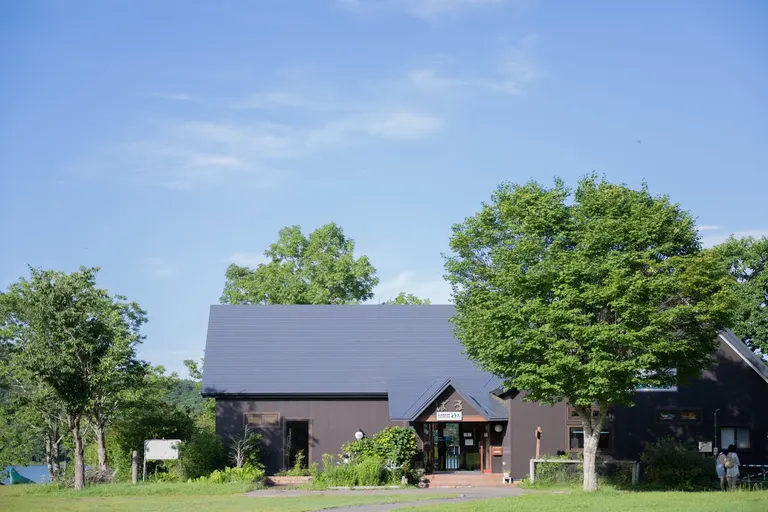

■Address: 73 Tojiharanokita 8-sen, Shibecha-cho, Kawakami-gun ■ Business hours: 9:00-17:00 (9:00-16:00 in winter) ■Telephone: 015-487-2172 See details of "Lakeside and Toro" on Domingo
Author profile
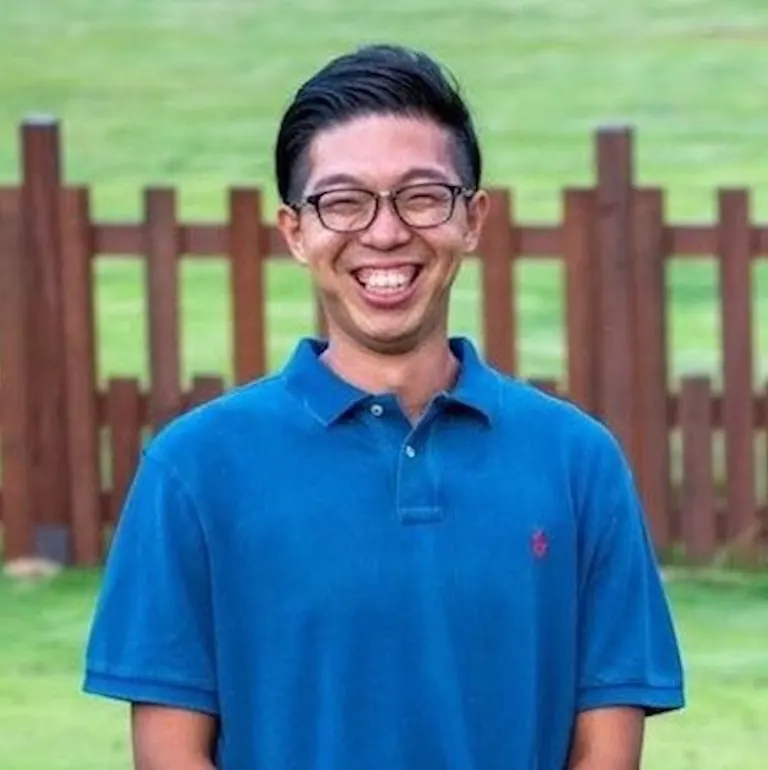 Shibecha Town Regional Revitalization Volunteer, Photographer, and Video Creator
Tomohiro Nakamichi
Shibecha Town Regional Revitalization Volunteer, Photographer, and Video Creator
Tomohiro Nakamichi
Born in Noda City, Chiba Prefecture in 1988. Ever since he was a child, he has loved animals and nature, and in his 20s he was involved in training various dogs as a dog trainer. Five years ago he began taking photographs and making videos of nature and animals. He currently lives in the woods of Shibecha Town, Hokkaido, where 20 wolves were kept, with four dogs. He is currently publishing his works on various social media platforms, with the theme of "the relationship between humans and animals."
Previous articles on "Nakamichi Tomohiro's Shibecha Weather"
Part 1: Taking photos and videos in Shibecha, a treasure trove of nature Part 2: What Keiko Nakamoto from "Kurashi Koto Kina" teaches us Part 3: Six months after moving to Hokkaido. Living with nature Part 4: Revitalizing the town through YouTube! What is the true regional revitalization that Shibecha Town is aiming for? Part 5: Pocket Cafe in Shibecha Town. Introducing the SL exclusive menu Part 6: Protecting Hokkaido's horses, the "Hokkaido Washuuma" - Mr. Masato Kohama's challenge in Shibecha Town Episode 7: "I want to convey the beauty of Shibecha through photography" by Kaori Miyazawa Episode 8: Spring has finally arrived! Beautiful new greenery, sunsets, and animals starting to raise their young Part 9: The charm of Mt. Nishibetsu, the symbol of Shibecha Town Episode 10: Introducing the charms and ways to enjoy Lake Toro, the largest lake in the Kushiro Wetlands!






